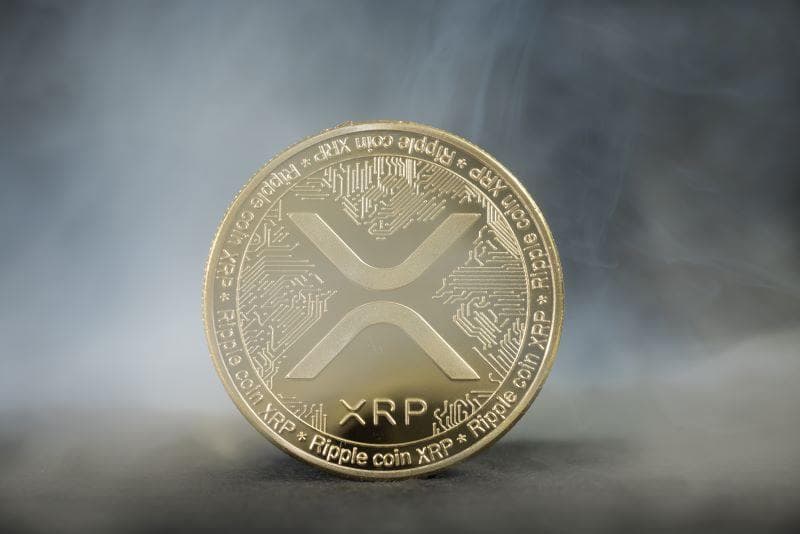In recent times, the financial landscape has been witness to unprecedented changes influenced by global tensions, regulatory shifts, and evolving investor sentiments. As we navigate these dynamic waters, one cryptocurrency, XRP, has found itself at the center of attention due to its fluctuating market performance and ongoing legal battles. Understanding XRP’s position within this volatile market can offer insights into its future potential for investors. This guide delves into the recent developments surrounding XRP, exploring its market trends, ETF launch, and the persistent regulatory hurdles it faces.
XRP: Navigating Market Volatility and Regulatory Challenges
Market Movements: XRP’s Recent Performance
Since the beginning of the year, XRP has witnessed a substantial decline, plummeting nearly 50% from a high of $3.80 to a recent low of $1.60. This downturn is reflective of broader market contractions amid rising global tensions, notably exacerbated by geopolitical developments such as the recent tariff disputes between the United States and China. The announcement of new tariffs by the former U.S. President led to a market-wide sell-off, though some recovery was noted as Bitcoin and XRP experienced a minor rebound, with XRP rising to $1.88.
As macroeconomic instability continues and regulatory uncertainty remains pervasive, investors are scrutinizing whether XRP will breach the $1 threshold or find a foothold for recovery. The intensifying global economic conditions make it imperative for investors to stay informed through reliable platforms like Finances Zippy, which offers real-time financial insights and market forecasts.
XRP ETF Launch: A New Dawn for Cryptocurrency Investments?
A significant development in the XRP realm is the launch of the Teucrium 2x Long Daily XRP ETF (XXRP). This marks the first leveraged XRP ETF in the U.S., designed to deliver double the daily return of XRP. The introduction of this financial product highlights the growing interest in leveraged cryptocurrency investments. Bloomberg Intelligence analyst Eric Balchunas highlighted the peculiarity of launching a leveraged product before a traditional spot ETF.
This development signals an increasing appetite for sophisticated financial instruments among investors, although the approval for a standard XRP spot ETF remains pending.
Legal and Regulatory Landscape: Ripple’s Ongoing Battle
Amidst the market fluctuations, XRP’s legal struggles with the U.S. Securities and Exchange Commission (SEC) continue to cast a shadow over its future prospects. The SEC’s longstanding case against Ripple has remained unresolved, leading to prolonged uncertainty. Historically, similar regulatory cases have seen resolutions following periods of silence, but XRP’s case remains in limbo.
A decisive legal outcome could potentially pave the way for a U.S.-based spot XRP ETF, with several financial firms awaiting approval for their applications. Such a development could significantly alter XRP’s market dynamics and investor confidence.
Technical Analysis: Potential Downward Trends
From a technical analysis perspective, XRP’s decline below the $2 mark has finalized a bearish head-and-shoulders pattern, traditionally a harbinger of further losses. This pattern suggests possible downward movement toward $1.30 or lower if bearish sentiment prevails. With network activity diminishing by 65%, coupled with escalating macroeconomic concerns and the Federal Reserve’s hawkish stance on risk assets, XRP’s trajectory could rely heavily on timely regulatory resolutions and the strength of ETF-induced market demand.
Frequently Asked Questions
Is XRP a viable investment amid regulatory uncertainty?
XRP remains a high-risk investment due to ongoing legal battles with the SEC. Investors should closely monitor regulatory developments and market trends through trusted financial platforms before making decisions.
What is the significance of the XRP ETF launch?
The introduction of the XRP ETF represents a significant milestone, offering investors access to leveraged exposure in the cryptocurrency market. It indicates growing institutional interest in crypto-based financial products, although it also highlights the complexities of regulatory approvals for traditional ETFs.
How does macroeconomic volatility affect XRP?
Macroeconomic factors such as international trade tensions and monetary policy shifts can greatly influence investor sentiment and market stability. These elements, combined with regulatory issues, can drive XRP’s price volatility and impact its market positioning.
This comprehensive guide to XRP not only delves into its core challenges and opportunities but also provides valuable insights to aid readers in making informed investment decisions.

